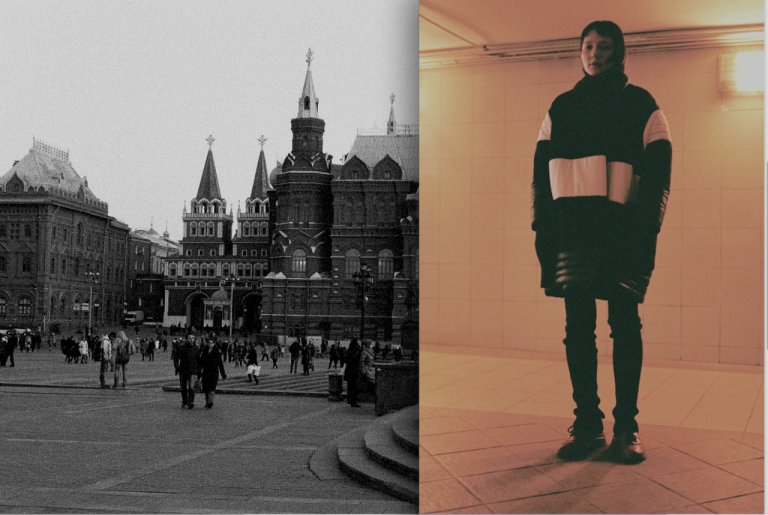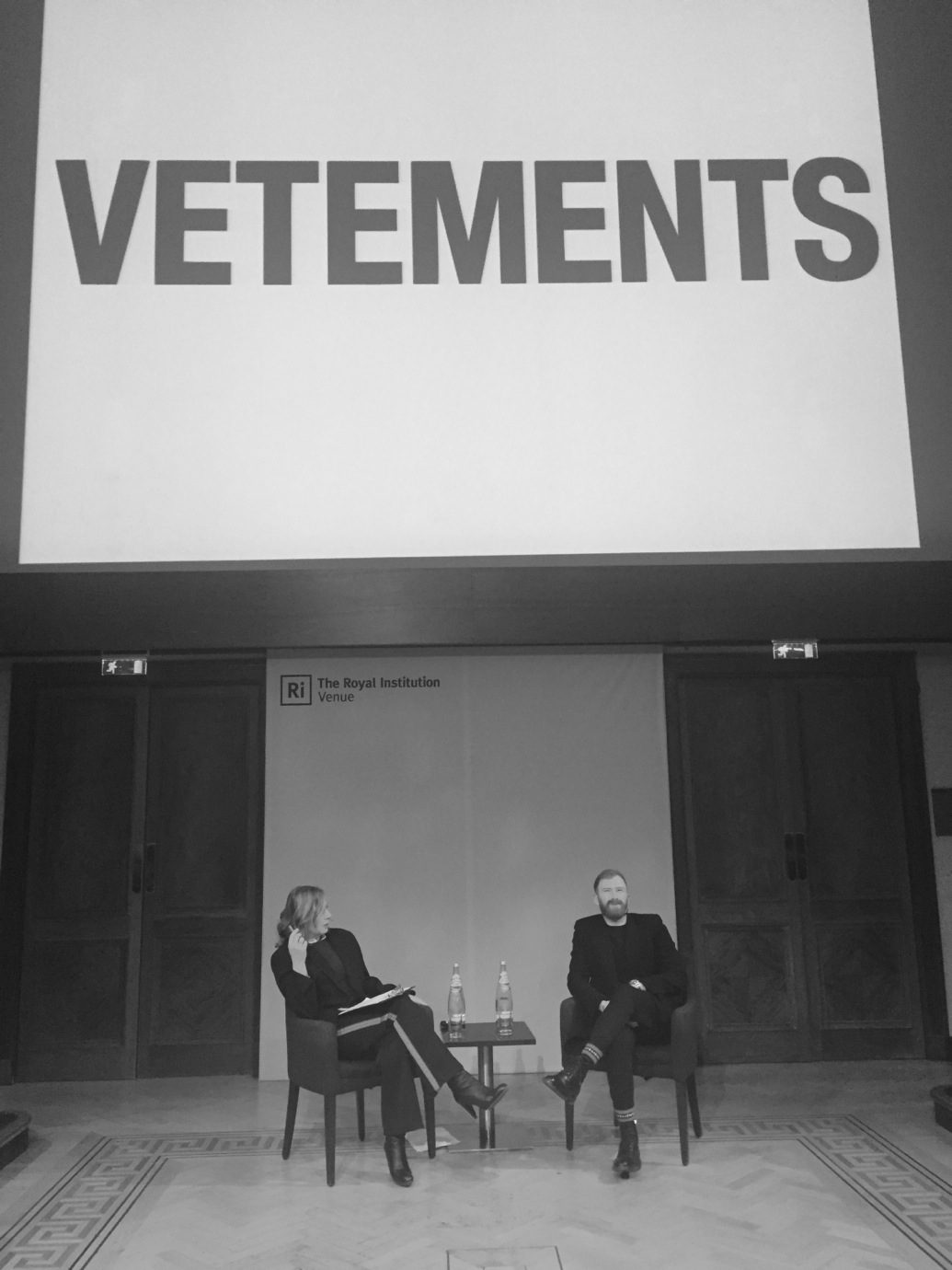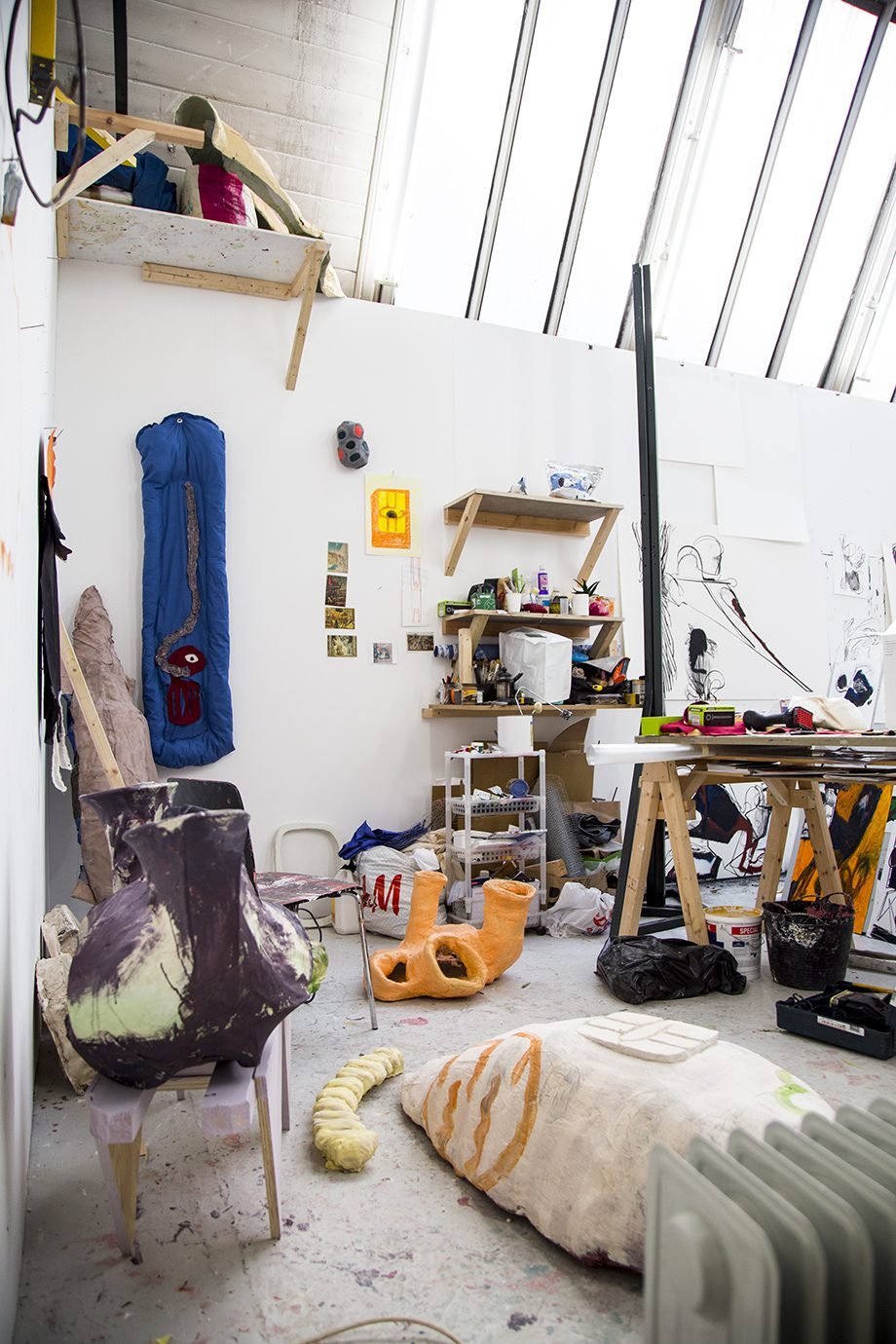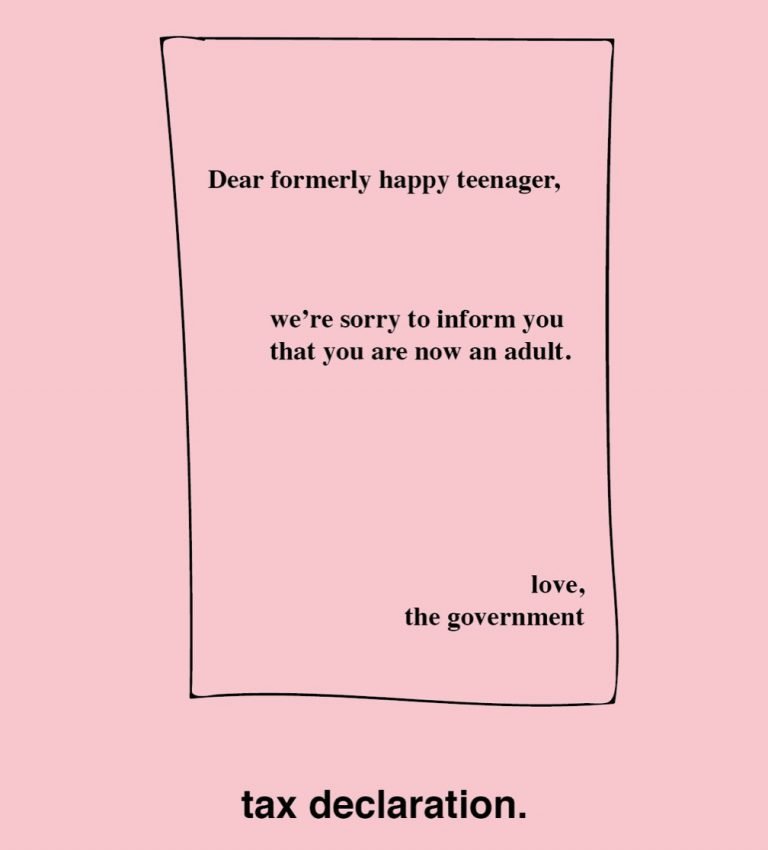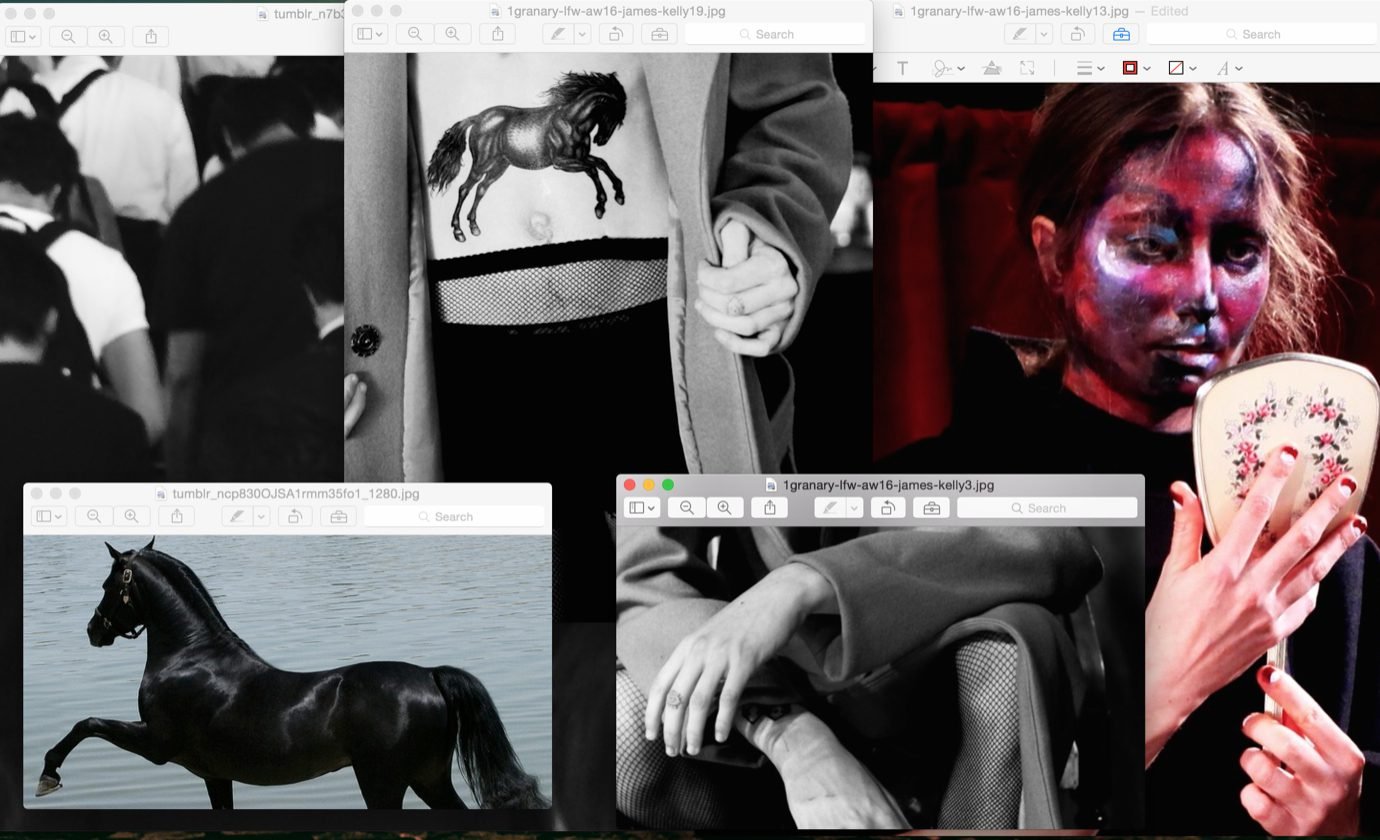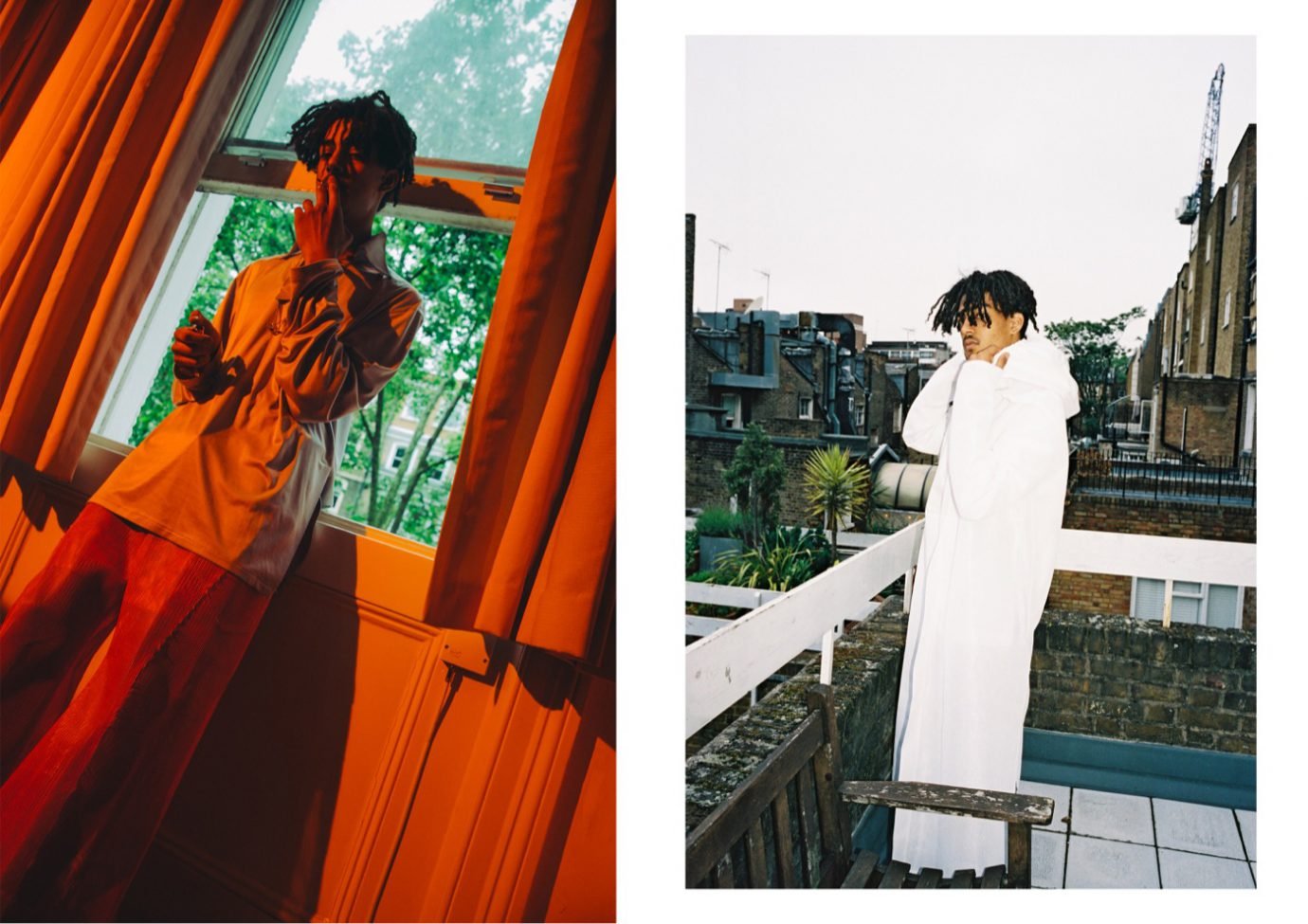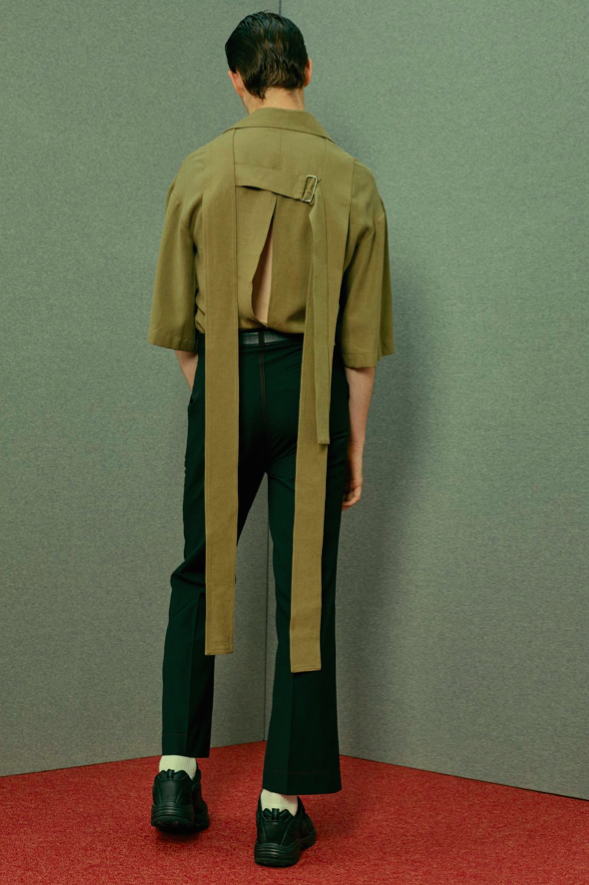Think of a fashion news story. Whether it’s conglomerates like LVMH or Kering investing in a young company, maybe it’s the hiring of new creative directors at brands like Calvin Klein and Dior, or the announcement of a collaboration between a luxury brand and a global fast fashion chain. Whatever the story, it’s likely there’s one man who’s brokering the deal: London-based Hugh Devlin has seen it all and combed through the paperwork to prove it. As the principal advisor for the luxury brands sector of Withersworldwide, a legal firm with a lineage spanning over a century, he’s the legal specialist that nurtures and protects a designer’s creation from conception to consumer.
Having worked with the biggest fashion brands since 1995, Devlin has guided a multitude of brands including Peter Pilotto, Mary Katrantzou, Mulberry, Givenchy, Valentino, Vivienne Westwood, John Galliano, Hussein Chalayan, Henry Holland, and Matthew Williamson, advising on their businesses and investment deals.
“THE BIG ISSUE, WHICH I SEE TIME AND TIME AGAIN, IS THAT PEOPLE SIGN THINGS THEY DON’T UNDERSTAND. CONTRACTS DO NOT NEED TO BE COMPLICATED.”
Why is fashion law important?
There is no such thing as fashion law. There are different elements of the law in any jurisdiction, which are then relevant to a fashion business. Most people think about trademarks or design rights when they think about fashion, although the number of cases where people seek advice on those issues is relatively small. Where people actually need – and seek – advice is in relation to the law of contracts. Every time a designer has a relationship with a buyer or consultant or freelancer, that’s a contract. What’s important for designers to be aware of are areas of difference; what you might expect to be the case isn’t the case at all.
Do you have examples of that, where you might expect the case to be one thing but in reality, it’s otherwise?
There are the normal things that you would expect, like employees being entitled to paid holiday and sick pay. Freelancers are not automatically entitled to those things unless it’s written into the contract that they have. If you’re an employee of a brand and you design something during your working hours, the design rights automatically belong to your employer and not to you. If a freelancer is in the same studio and is doing a similar type of job, unless the contract they have with the company says it’s transferable, the intellectual copyright is owned by the freelancer. It’s very important for a company that is using freelancers to ensure that the contract they have with them specifically assigns the intellectual property copyrights to the company. That is not something you would automatically expect, so you need to be aware of it.
What other common mistakes have you seen when it comes to contracts?
The big issue, which I see time and time again, is that people sign things they don’t understand. Contracts do not need to be complicated. Even if they are complicated, each part of them should be understandable. I have contracts that are two pages long and others that are 220 pages long, but every sentence in both of those examples should be capable of being understood. If you don’t understand something, ask for clarification. The other thing that people should know is that there are specific issues relating to agents in the UK and Europe.
“A TRADEMARK RELATES TO A BRAND AND IT CAN BE A NUMBER OF THINGS. THE MOST COMMON IS A NAME OR A WORD.”
What is an agent?
This will be somebody who is hired to act on behalf of a designer. The sales agent is the most common example: many designers choose not to do the sales themselves because they might not necessarily have personal relationships with buyers and department stores around the world. Very often, designers expect the agents to work for two to three years before bringing sales in-house or appointing somebody else. They don’t realize that they might need to provide additional payment to get rid of the agent. That’s an issue that crops up fairly regularly.
There are also other issues that arise. The incident that most people will think about is when a design has been copied by somebody else. That comes under intellectual property, and there are different types of intellectual property. In the fashion industry, there are relatively few patents because they tend to be of a technical nature. You might find it in relation to the fabric, for example, but that’s relatively rare. You’re more likely to have registered designs.
If someone claims that their design has been copied, you need to figure out: Where did the breach happen? Where did the copy take place and under what category does it exist? Very few fashion designers bother registering their designs because there’s a fee, plus the nature of most collections is that it’s only in the market for six months and the designer wouldn’t revisit it again after it’s gone. A pair of Levi’s, for example, would be a registered design because it’s constantly there.
Is registering a design the same as having a fashion trademark?
There’s a trademark registration and a design registration. There’s also a patent registration. They are all different forms of intellectual property, but the concept is the same. Very often, people come to me and say they’ve registered their URL. It doesn’t actually give you that much, other than that nobody else can have that URL. It doesn’t mean that nobody else can have your trademark.
How do trademarks work? What is a trademark?
A trademark relates to a brand and it can be a number of things. The most common is a name or a word. For example, Erdem can register the word ‘Erdem’. People might object to registration if that word is similar to something they have registered. You might expect somebody who has ‘Erdem’ to object to ‘Erdem.’ It’s also possible to register a word in a particular font, but in 15 years you might want to rebrand your logo, which means you would have to re-register.
“A PATENT IS SOMETHING THAT IS INTRINSIC IN THE PRODUCT. PEOPLE SEEK PATENTS FOR CHEMICAL FORMULAE OR THEY SEEK PATENTS FOR MECHANICAL DEVICES. IF YOU HAVE A NEW TYPE OF ZIPPER, THEN YOU COULD SEEK A PATENT FOR THAT.”
What are the requirements to register something?
You can register anything. It only matters if somebody has done it before you. You can register something, but if you don’t use it, you lose it after five years. One of the problems with registration is that it can be very expensive because you have to register country by country. Brands who have built up a portfolio can spend tens or hundreds of thousands of pounds doing that.
Does that mean that only established designers can afford this? If you were an emerging designer, you might not have the financial capability.
That’s very often the case. What’s happened in the past is that the minute a designer shows up on Style.com, there will be a guy in China who registers that name. If you wanted to register yourself, you’d have to buy it from them.
Can designers prevent this situation from happening?
You just have to do it first. My advice is to put aside £15,000 to £200,000. Go to a trademark agent and register a mark as soon as you possibly can. If such a thing happens, you could go to court in China to try and get it cancelled, but it’s time-consuming and it’s expensive. Instead of the registration costing £200,000 or £300,000, I’ve seen designers hand over £500,000 to buy back their mark. In terms of trademarks, people can register a logo in the way that Apple doesn’t necessarily use the word ‘Apple’, but they have their apple-shaped logo. It’s also possible to register a colour as a trademark.
Like Christian Louboutin’s red-soled shoes?
The Louboutin case took quite a long time because Louboutin didn’t register a Pantone. They tried to register ‘red’, which means any shade of red. A better example, historically, is Tiffany blue. There is a specific Tiffany blue Pantone that they developed and registered. It’s also possible to register a fragrance as a trademark. It has to be something that’s meaningful and recognisable.
How long does the whole process take?
The process can take a couple of years. The relevant date is the date of the application. You could be lucky; it could take six months.
“THE BASIC RULE OF THUMB IS TO FIND WHEREVER YOU WANT TO LIVE AND WORK, AND THAT’S WHERE YOU SHOULD SET UP.”
Would a designer be able to trademark their style?
No. If we take somebody with a very clear aesthetic, like Alaïa, he might be able to register a specific knit stitch, but not the idea of a stretch knit dress with a wide belt over it.
Where do you draw that line between inspiration and copying? Is that dependent on how well known the brand is?
It’s about how distinctive the product is. In May, Louis Vuitton were not allowed to register their Damier monogram (the square check) as a trademark. You can understand why the registrar said no: lots of people have used it throughout history and that’s not specific enough. They aren’t the only people to use it. However, if you look at the monogram print, it’s clearly distinctive to them.
What’s the difference between a patent and a trademark?
A trademark is purely an identity. A patent is something that is intrinsic in the product. People seek patents for chemical formulae or they seek patents for mechanical devices. If you have a new type of zipper, then you could seek a patent for that. If your zipper is just a zipper but it looks a bit different, you may not be granted a patent. Practically speaking, the constant turnover of ideas in the fashion business happens so quickly that people just don’t have time to consider making that kind of application.
Can designers patent a design that isn’t theirs? Stella McCartney obtained a patent for a certain dress, which many claim is a Geoffrey Beene design. How was she able to claim a design that arguably wasn’t hers to begin with?
Well, if somebody makes a patent application, it will likely be granted unless somebody objects. The fact that Geoffrey Beene is no longer alive to object meant that the patent could be granted because Stella was the first person to apply for it.
“WHEN A DESIGNER HAS WRITTEN A THREE TO FIVE YEAR BUSINESS PLAN, HAS IDENTIFIED THE GAPS THAT HE OR SHE WANTS TO FILL IN THEIR BUSINESS AND HAS FOUND SOMEBODY WHO’S PREPARED TO INVEST IN THEIR BUSINESS, THEY GO THROUGH A PROCESS CALLED DUE DILIGENCE, FOLLOWED BY A SHAREHOLDER’S AGREEMENT.”
Where is the best place to register your company? Is it cheaper (in terms of tax) or easier to set up in certain areas of the world?
You set up where you’re going to trade. There’s no point for a designer in London to trade through Delaware. The basic rule of thumb is to find wherever you want to live and work, and that’s where you should set up.
What’s the process for getting investment and what should designers watch out for?
The process is that a designer has to be very clear about how much they need, what it’s going to be used for and how it’s going to transform their business. All of that needs to be in number form. When a designer has written a three to five year business plan, has identified the gaps that he or she wants to fill in their business and has found somebody who’s prepared to invest in their business, they go through a process called due diligence, followed by a shareholder’s agreement. This is when the investor learns as much as they can about the business, to make sure there are no black holes. The designer will be expected to agree not to compete with the company for a period if things go wrong. The designer, then, will be asked to give something called warranties, which are statements about the company. If these turn out not to be true, it gives the investor the rights to sue the designer.
What kind of statements would they be?
They are very detailed statements about the nature of the business. The statements might say there’s nothing strange in the lease of the company, or none of the employees are threatening to sue them, or there are no disputes with suppliers, or they have no reason to believe that the people who owe them money won’t pay the money. It goes on and on.
What should designers be aware of when they’re taking on investors and shareholders?
You have to be certain that you and your future business partners share the same goals. Otherwise, you may get to a position a few years down the line where both sides are feeling disappointed. If you look at the designers who have lost their name, you think of Galliano, you think of Roland Mouret (but only for a period; he’s got it back now), you think of Hervé Leger. The fact is that if I’m somebody who’s writing a cheque for billions of pounds, I want to have something for that. If you have chosen to call your business by your name, you have to be prepared to be able to walk away from that. It also depends on the terms of agreement that the designer has with their investors. If you look at the example of Roland Mouret, he started a new business called RM by Roland Mouret and got away with that, because it was being used in a descriptive way.
“YOU SHOULDN’T BE TAKING MONEY FROM PEOPLE WITHOUT UNDERSTANDING WHAT THEIR EXPECTATIONS ARE.”
Is it true that if you have investors, you lose control of the company?
It depends on how much people are investing and what percentage of the company they have. Anyone who has an investor with more than 20 to 25 per cent of the business will have to accept that the investor is going to want the ability to protect their investment. That is done through a process of negative control. There’s a whole list of typical requirements: you don’t hire anyone who costs more than £50,000 a year, you don’t enter into a license, you don’t rent an expensive car from the company. All of those things would need the consent of the investor. But designers have protection as well. The investor can’t force them do certain things or isn’t allowed to do certain things that the designer doesn’t agree with. It has to be negotiated. It’s important that if someone’s investing in your business, you should be speaking to a lawyer. You shouldn’t be taking money from people without understanding what their expectations are. LVMH’s deal with J.W. Anderson and Nicholas Kirkwood, Kering’s deal with Christopher Kane – all of those took more than six months of negotiation. Part of it is negotiating who can do what, but it’s also about getting to know each other and being certain that you share the same goals for the business.
How much would it cost to hire a good fashion lawyer?
It’s difficult to get somebody who has any real idea of the business for less than £300 an hour.
Can designers get legal advice without paying a fortune?
There are plenty of lawyers out there who are not very expensive. Will they give you the best advice? No. Will they give you advice that is tailored to your business? No. But they should be able to prevent you from making a complete mess of things. Whomever you approach, let them know what your budget is. If you’re doing a multi-million pound deal, then it’s worth spending a bit of money on it.
What do you think of today’s intellectual property laws? Do designers have enough protection?
There is plenty of protection – it’s just very expensive. I’m not sure there’s much one can do about that.
I think it’s become increasingly difficult for people to set up a business today with £5,000, which you could do five years ago. Christopher Kane set up a business with only £5,000. In the UK, we have very effective intellectual property laws. To be honest, it’s not what most designers should be focusing on anyway. Their daily concern is getting things made, getting things delivered and getting them paid for. The consumer just wants to know that the product is there to buy and will not analyse how protected it is. Fashion isn’t fine art and it needs to be looked at in a commercial context. Get some basic advice on employment and contract issues, then worry about intellectual property when you can afford to.



